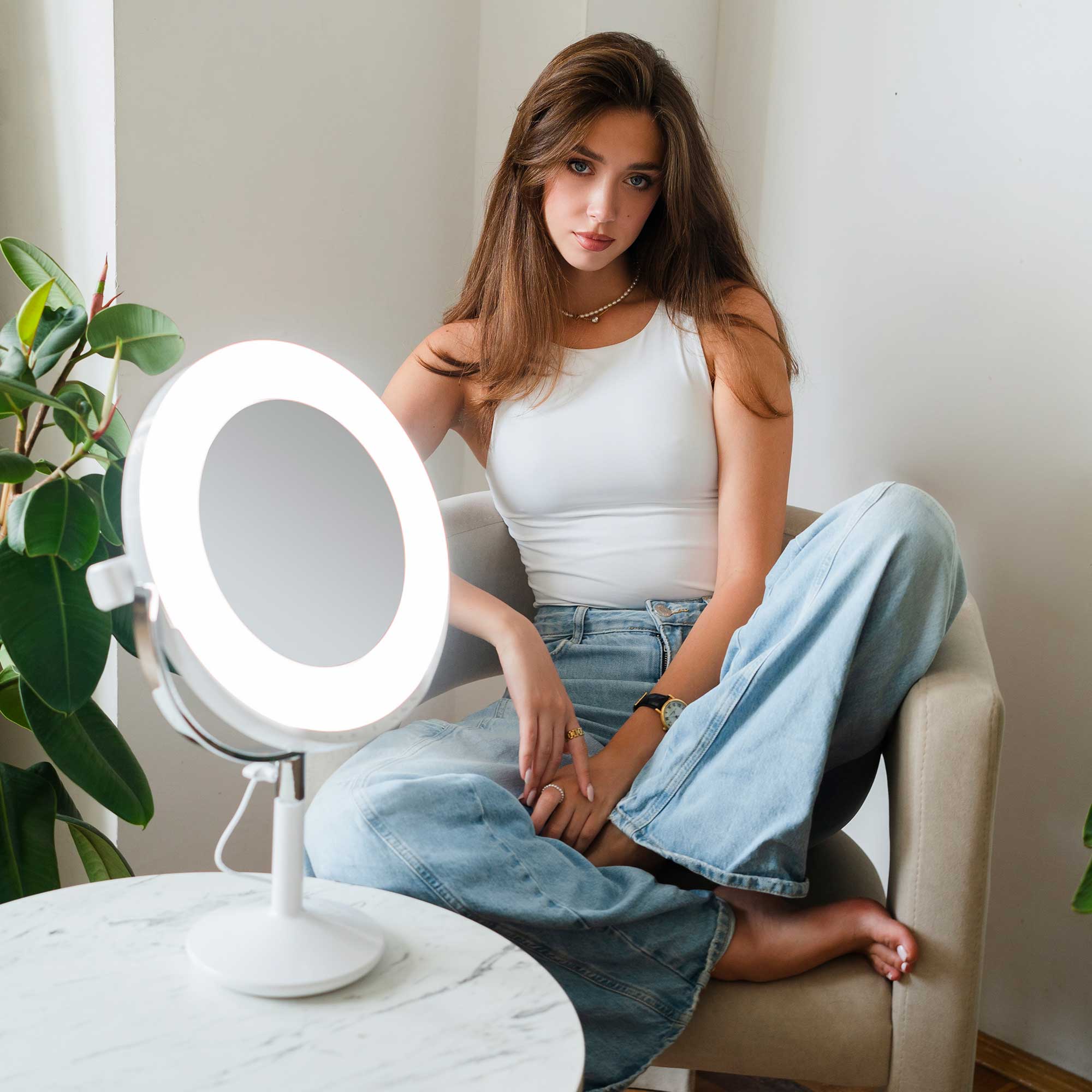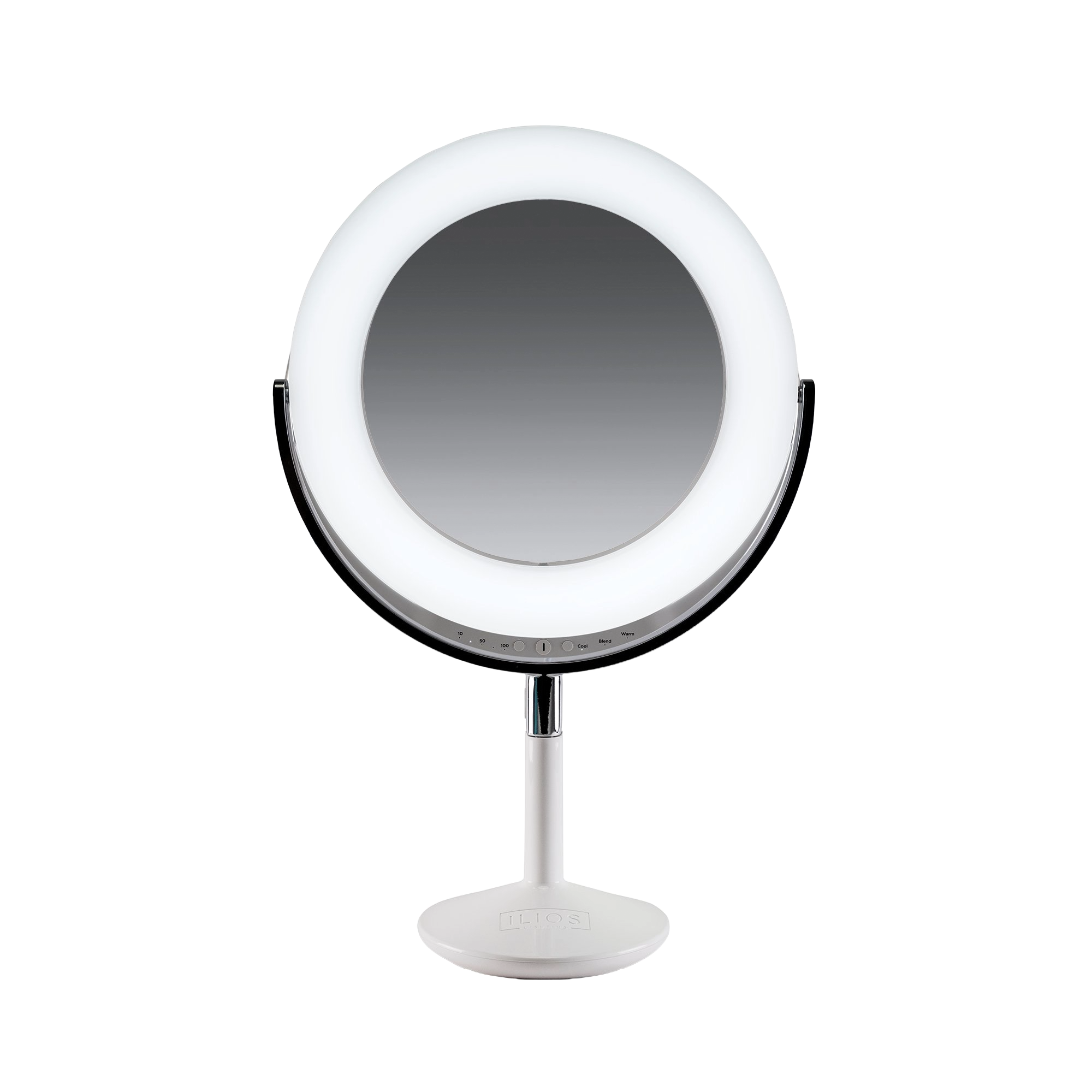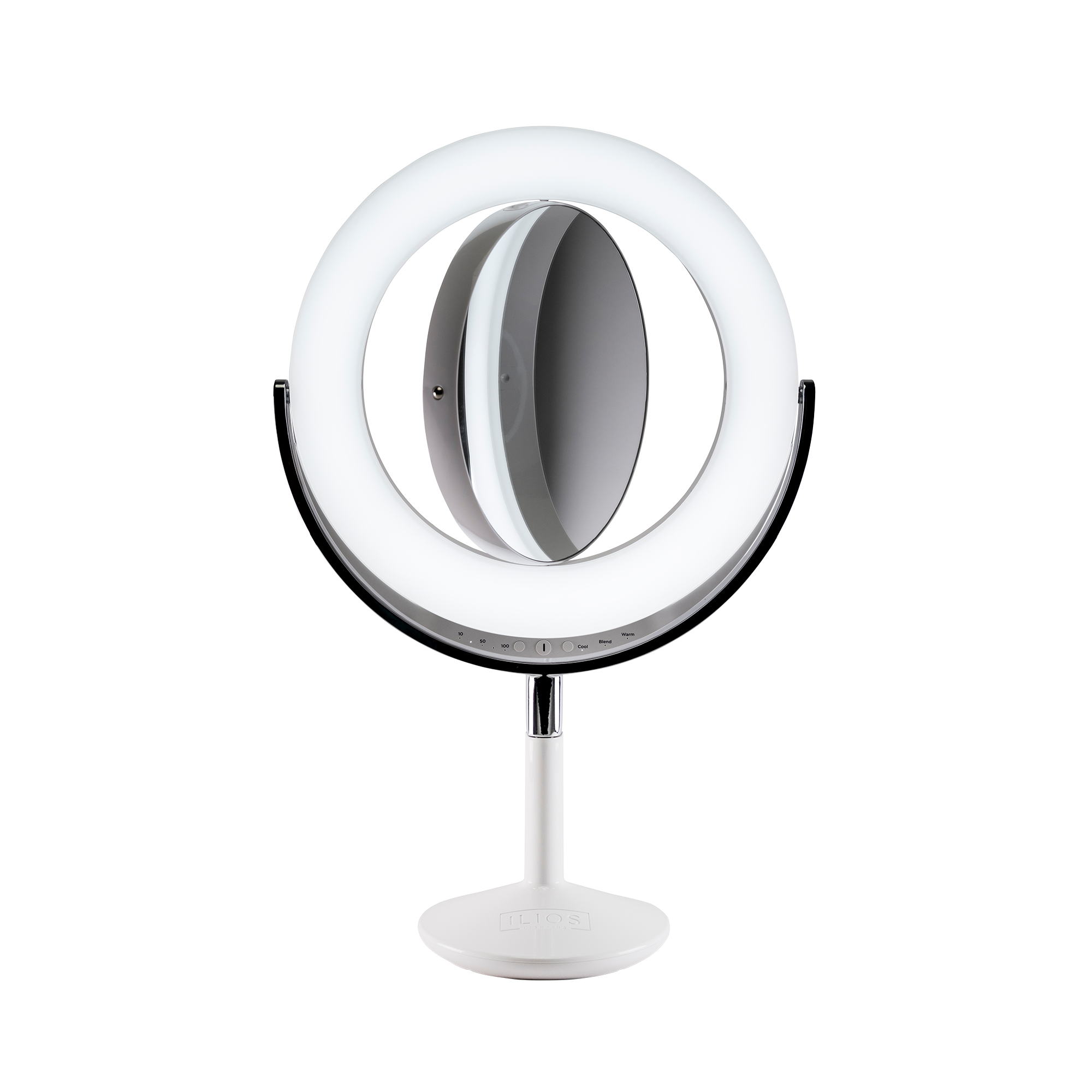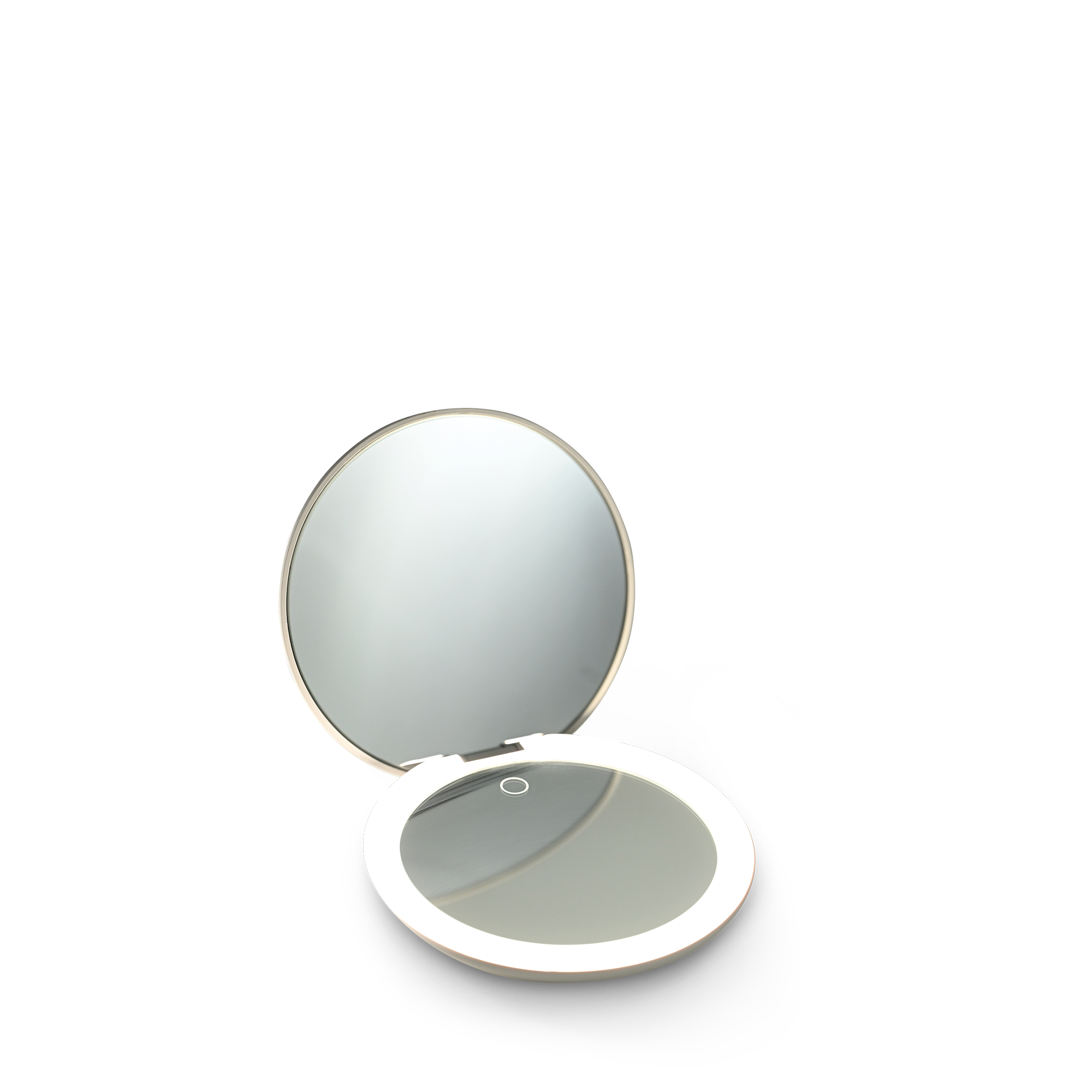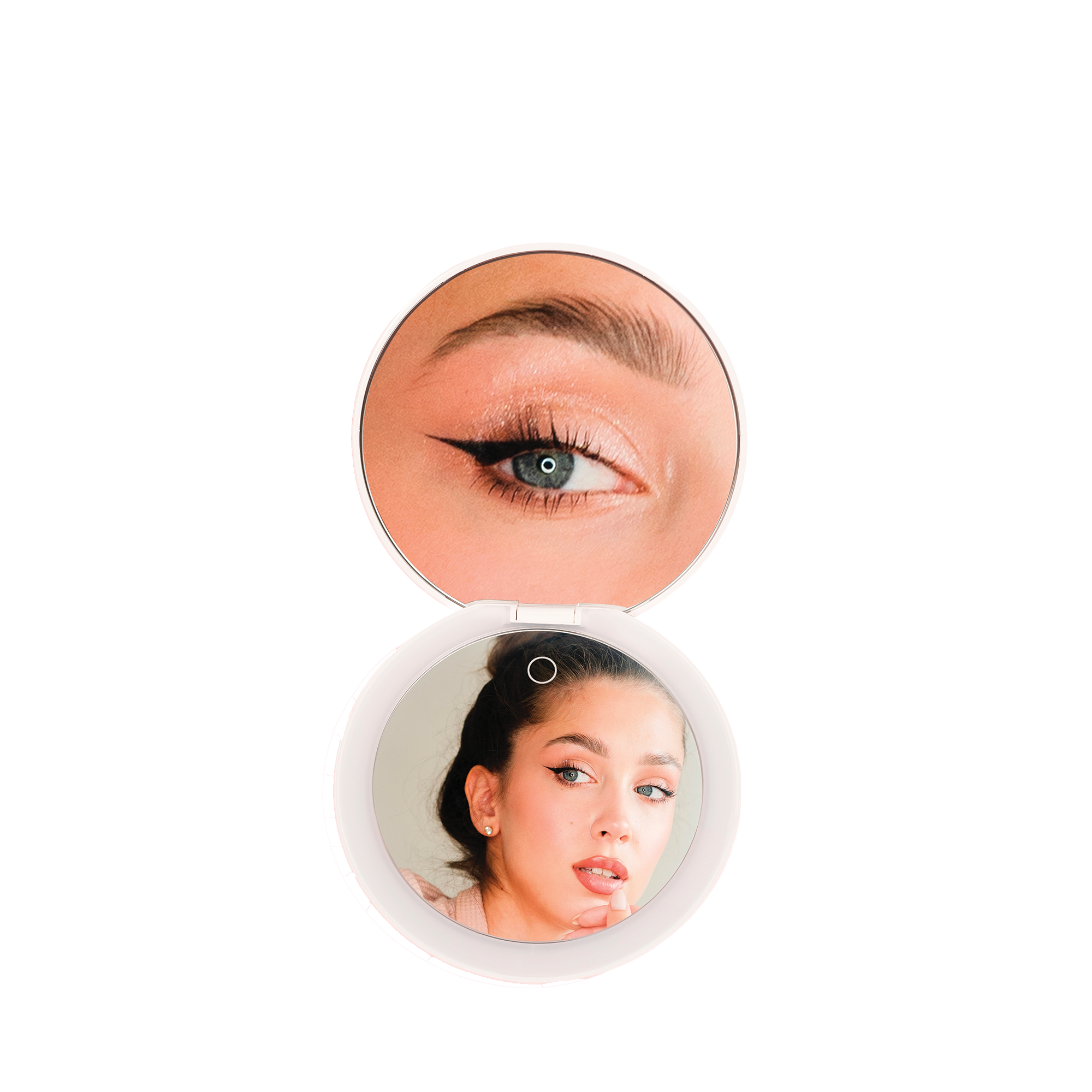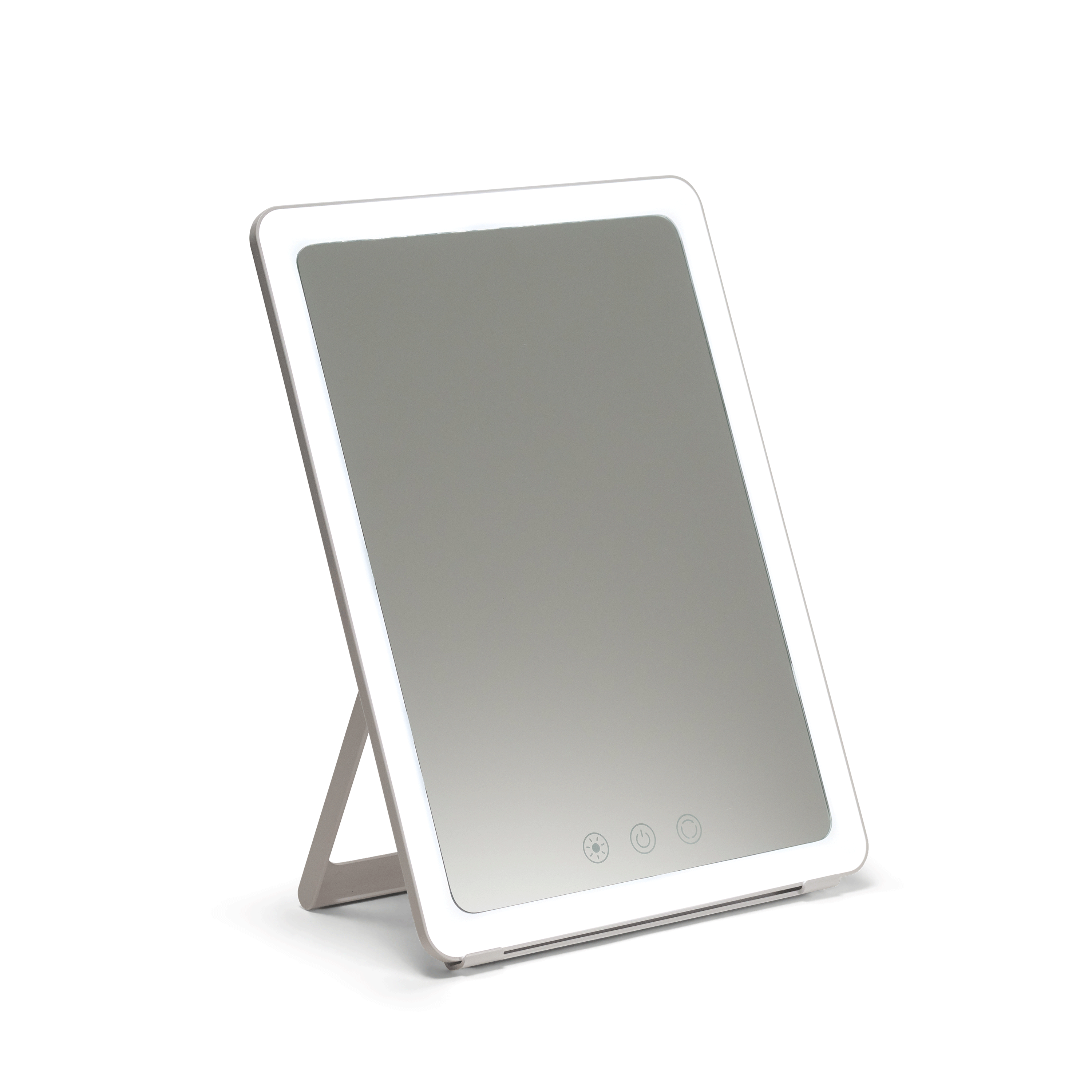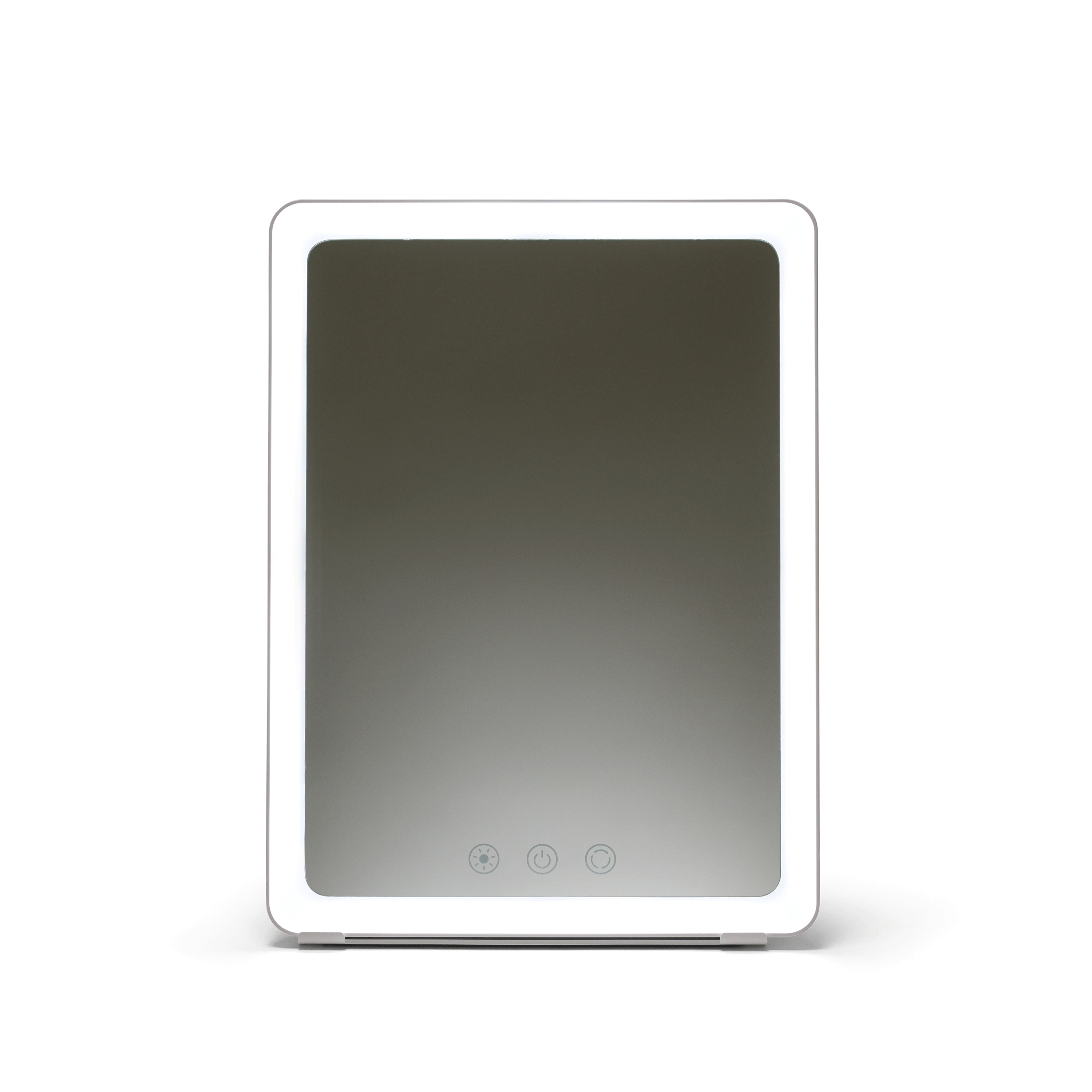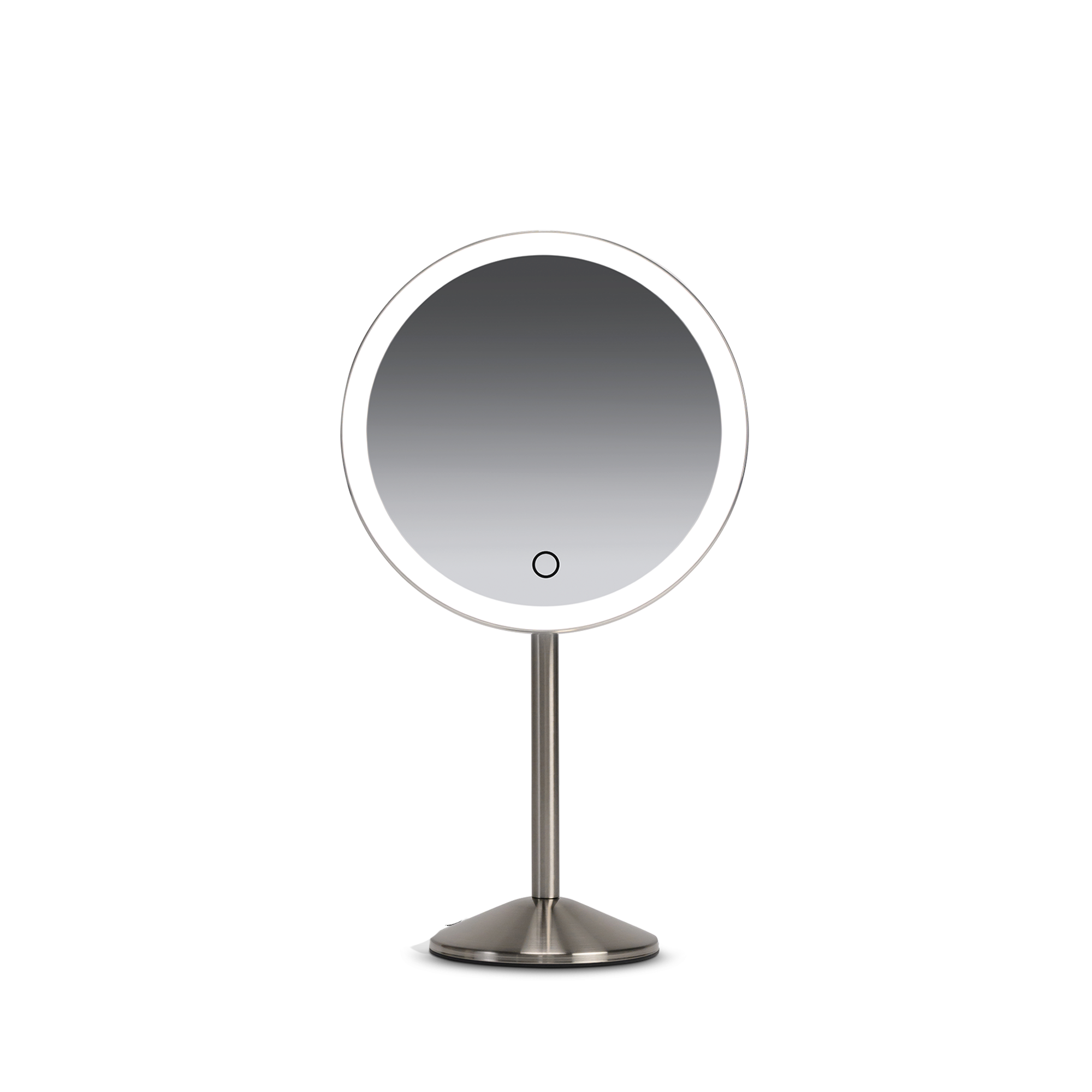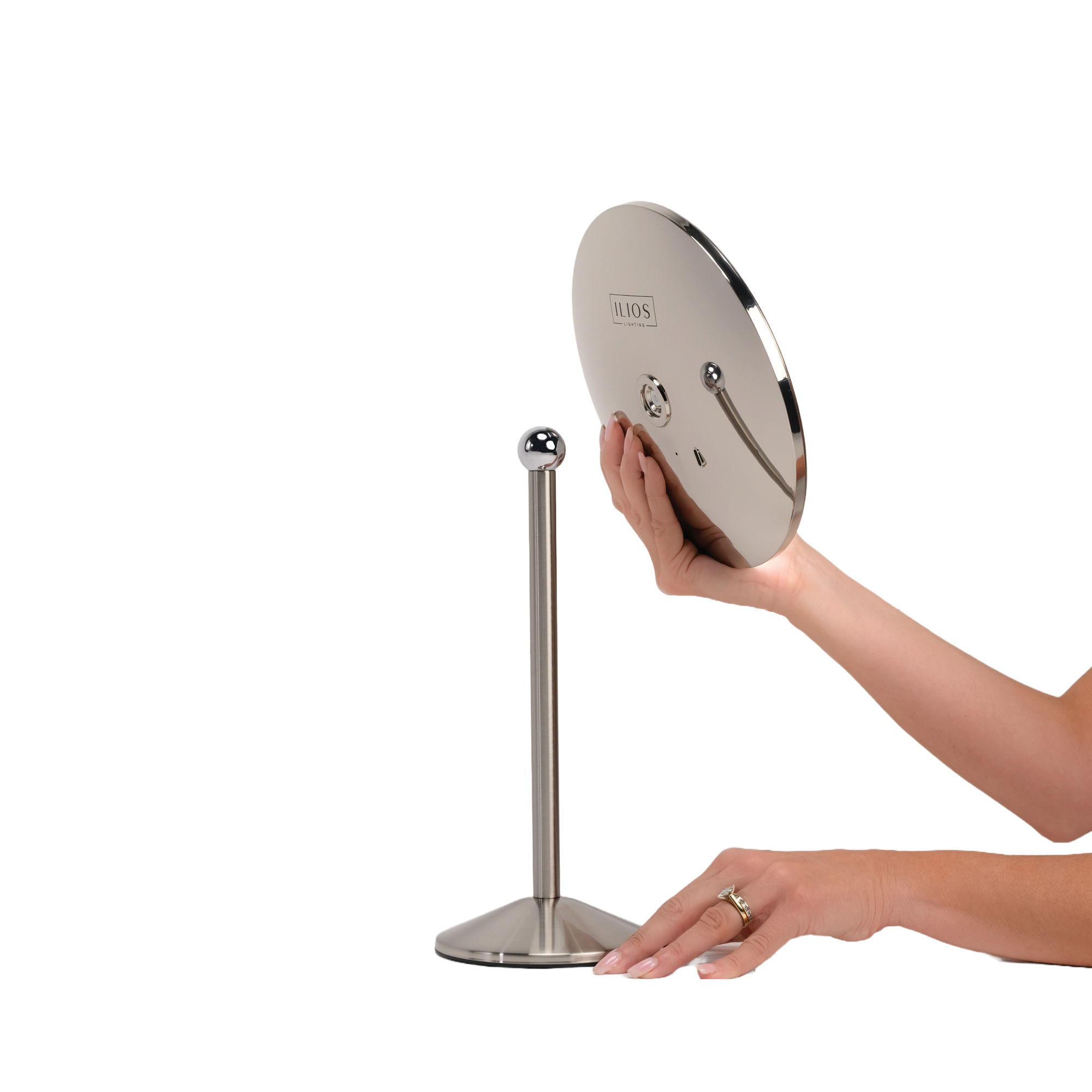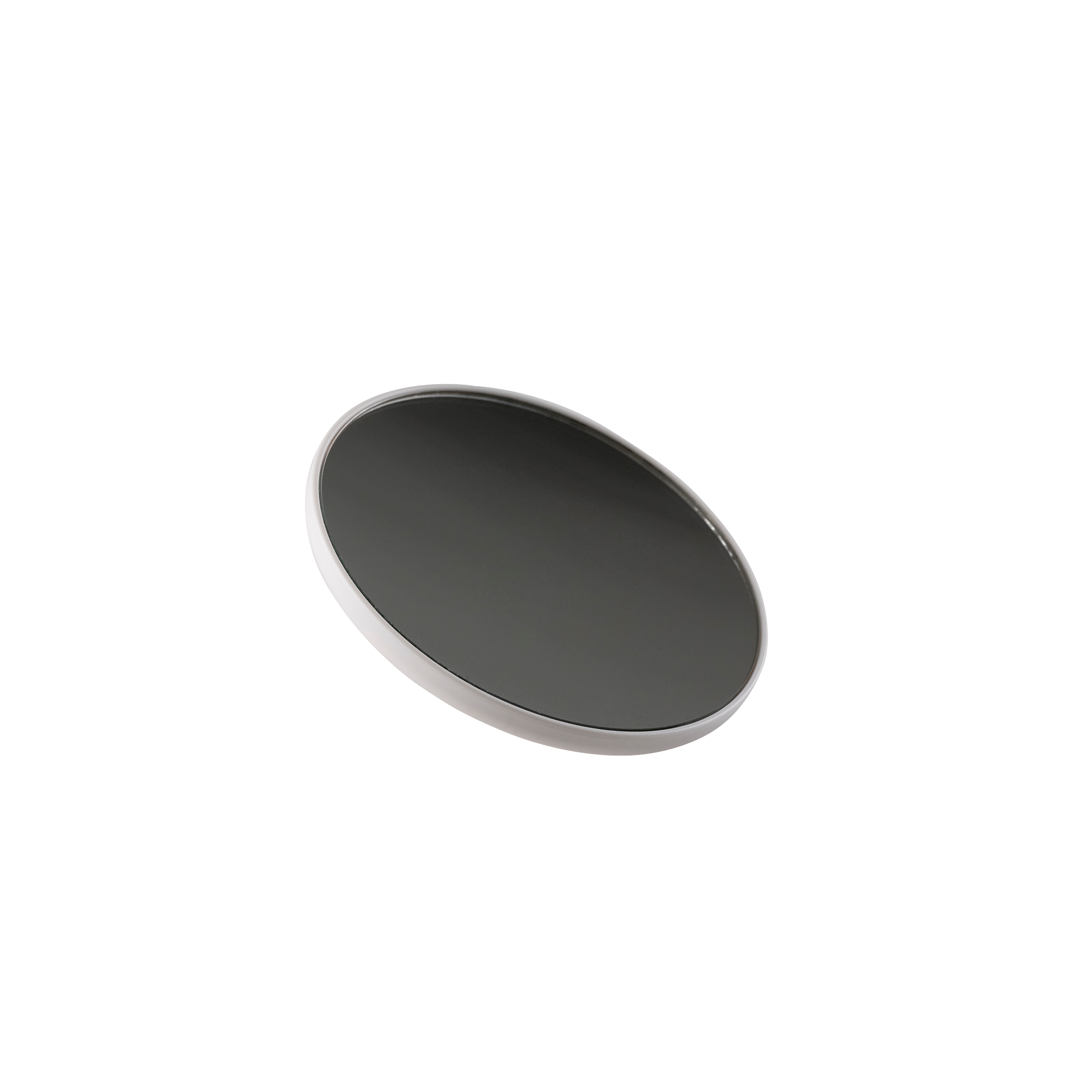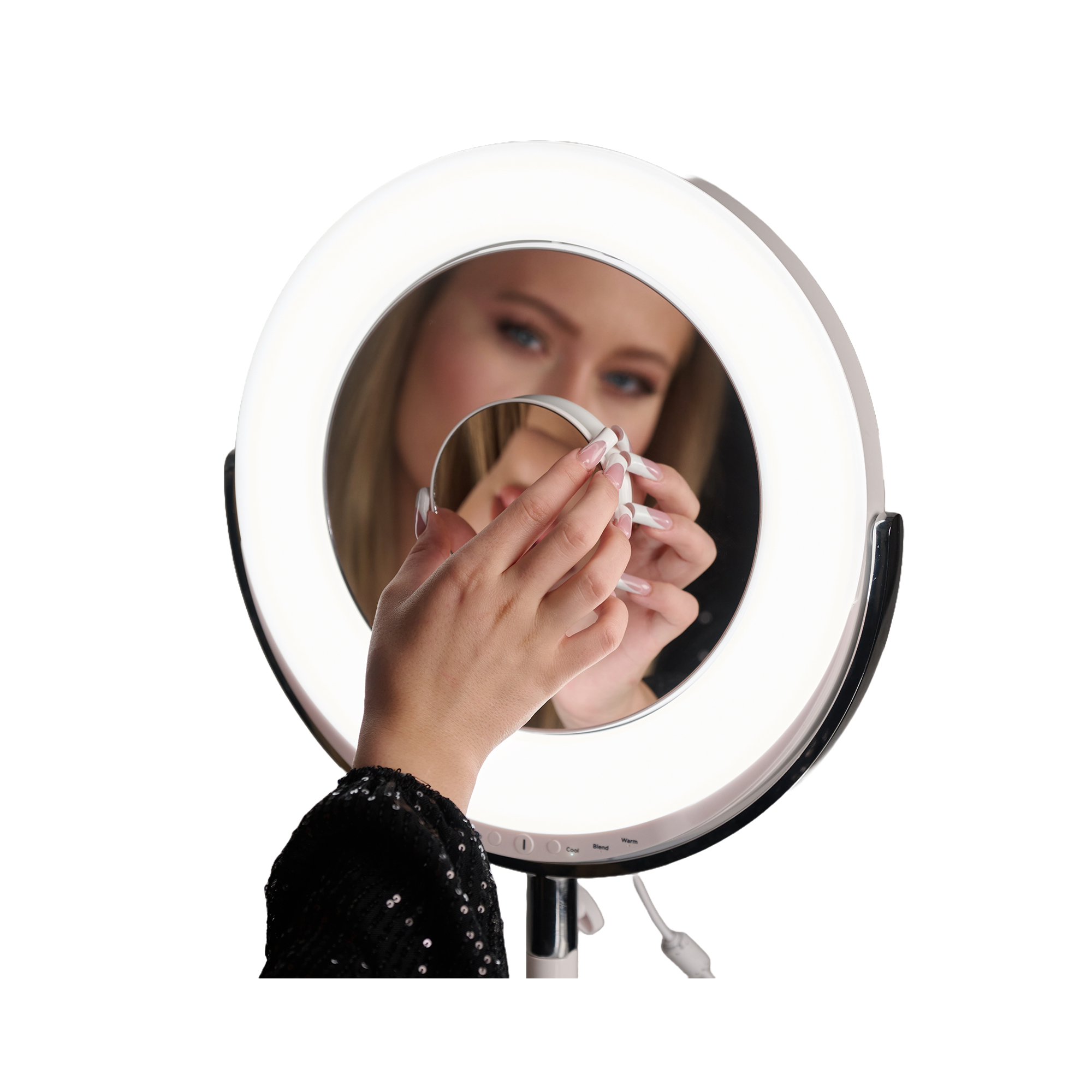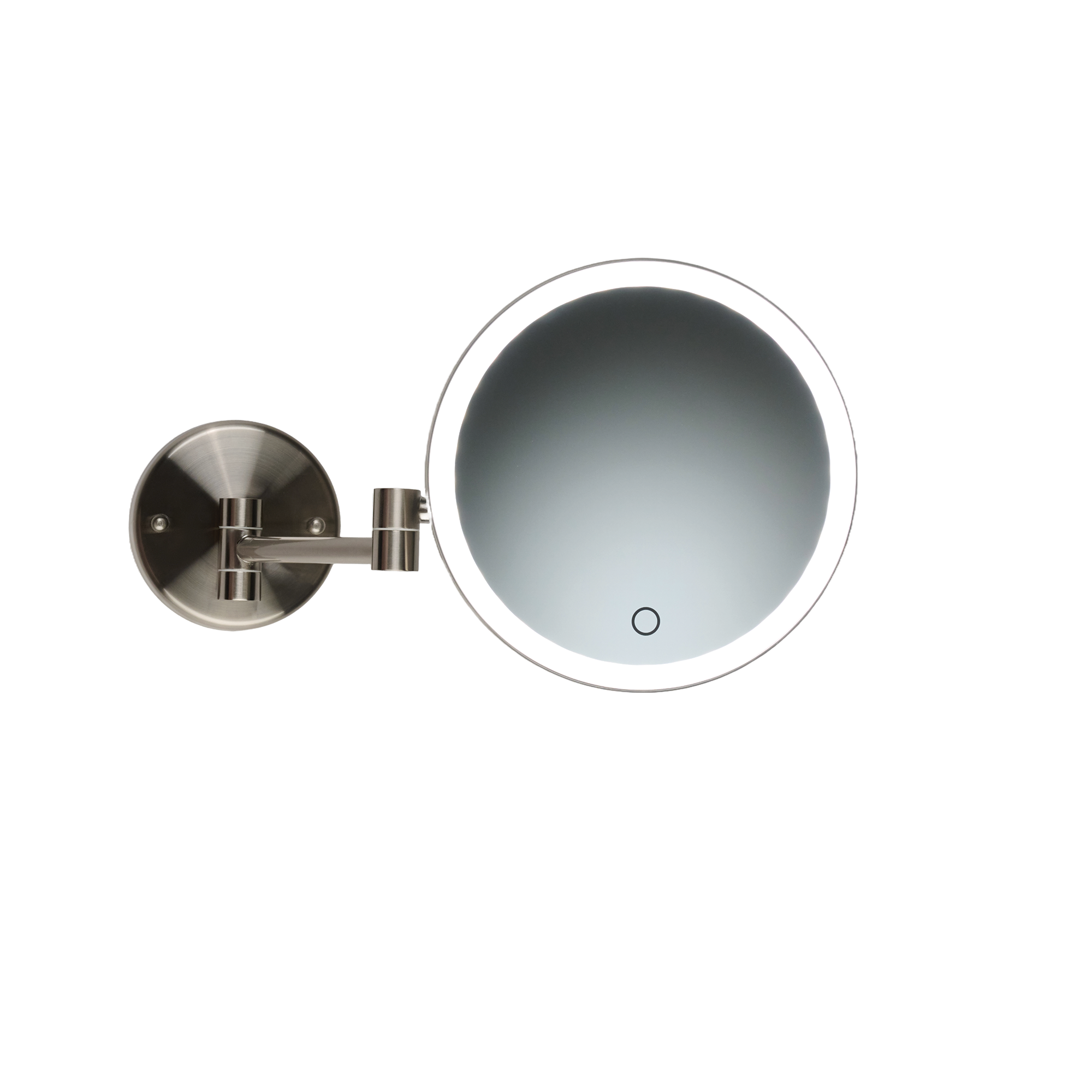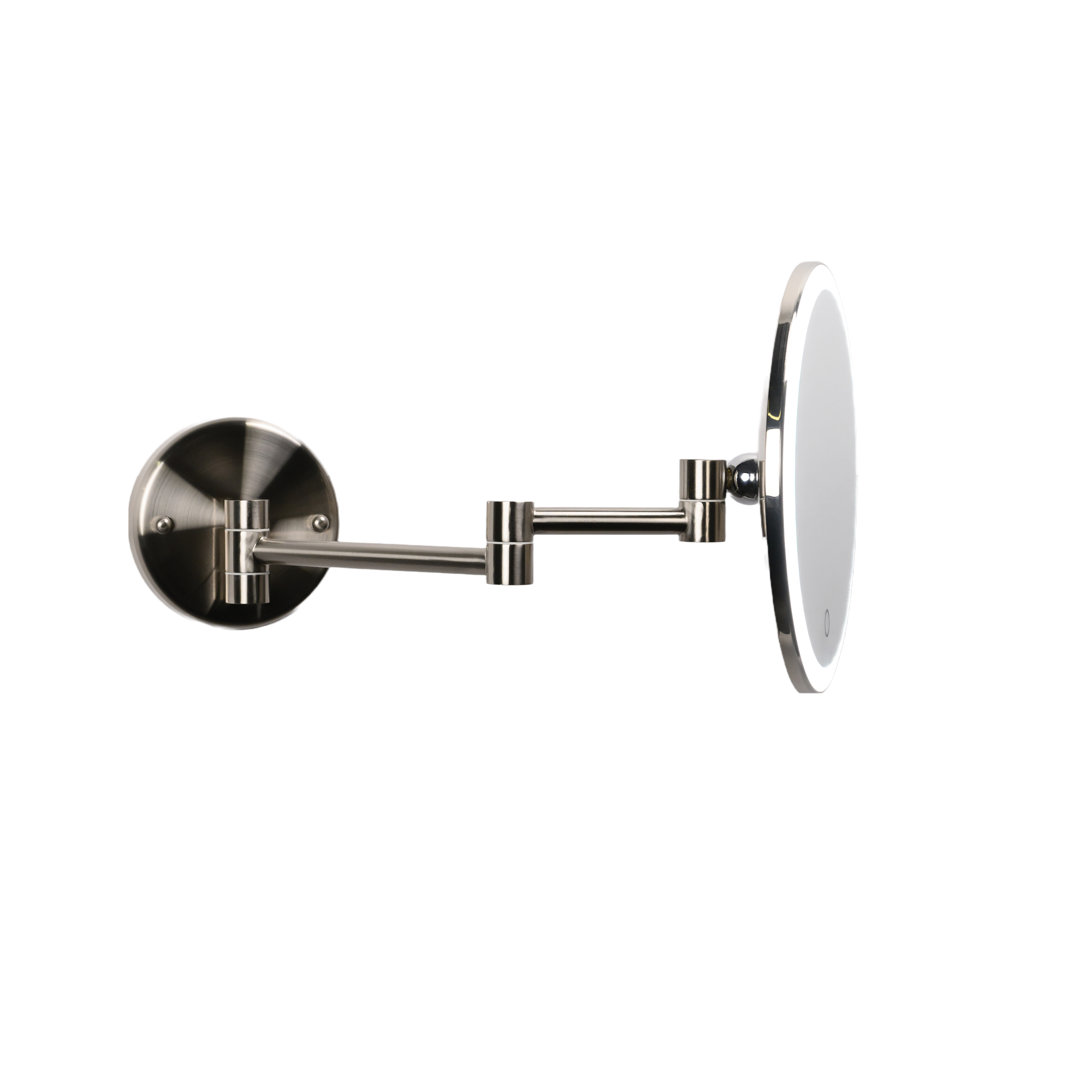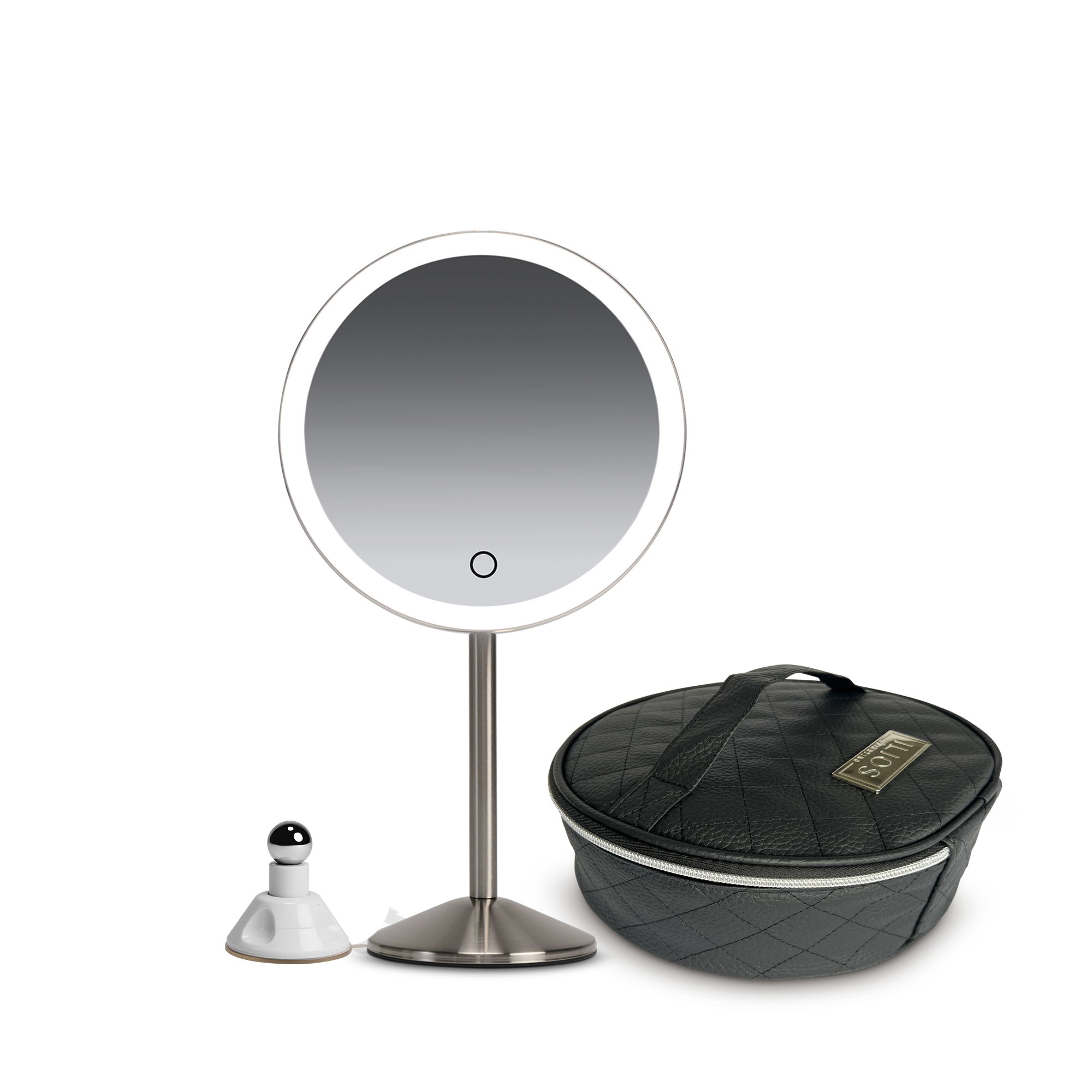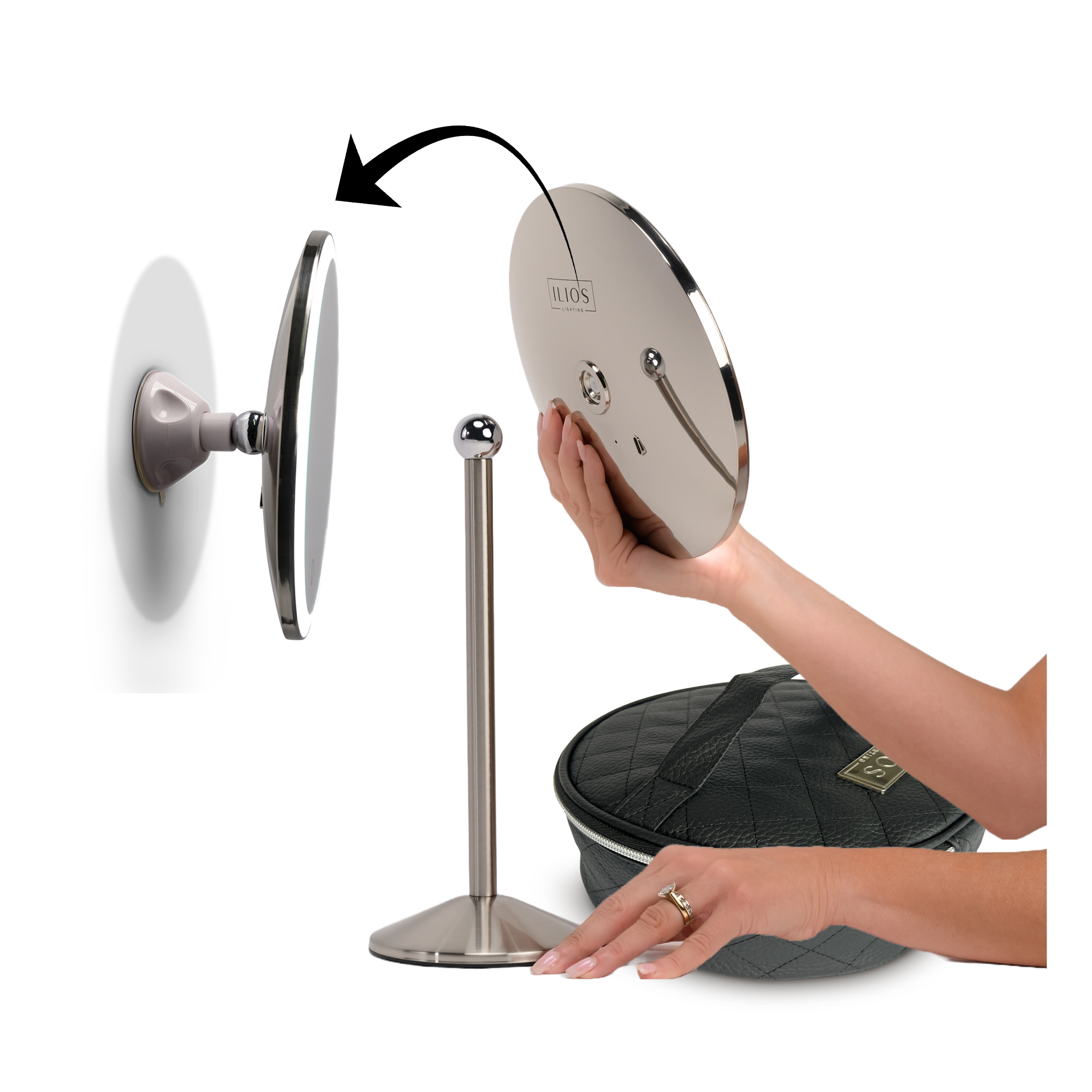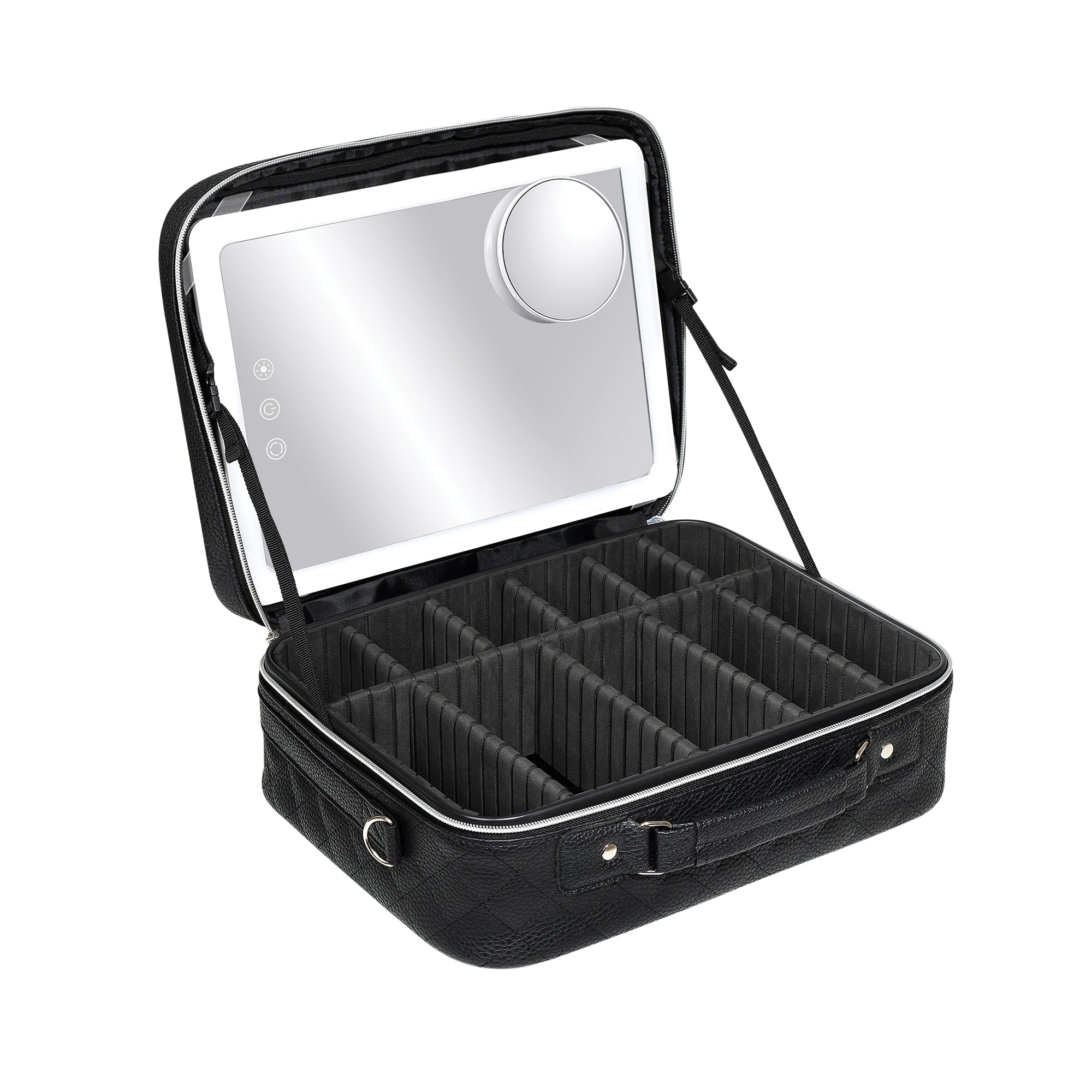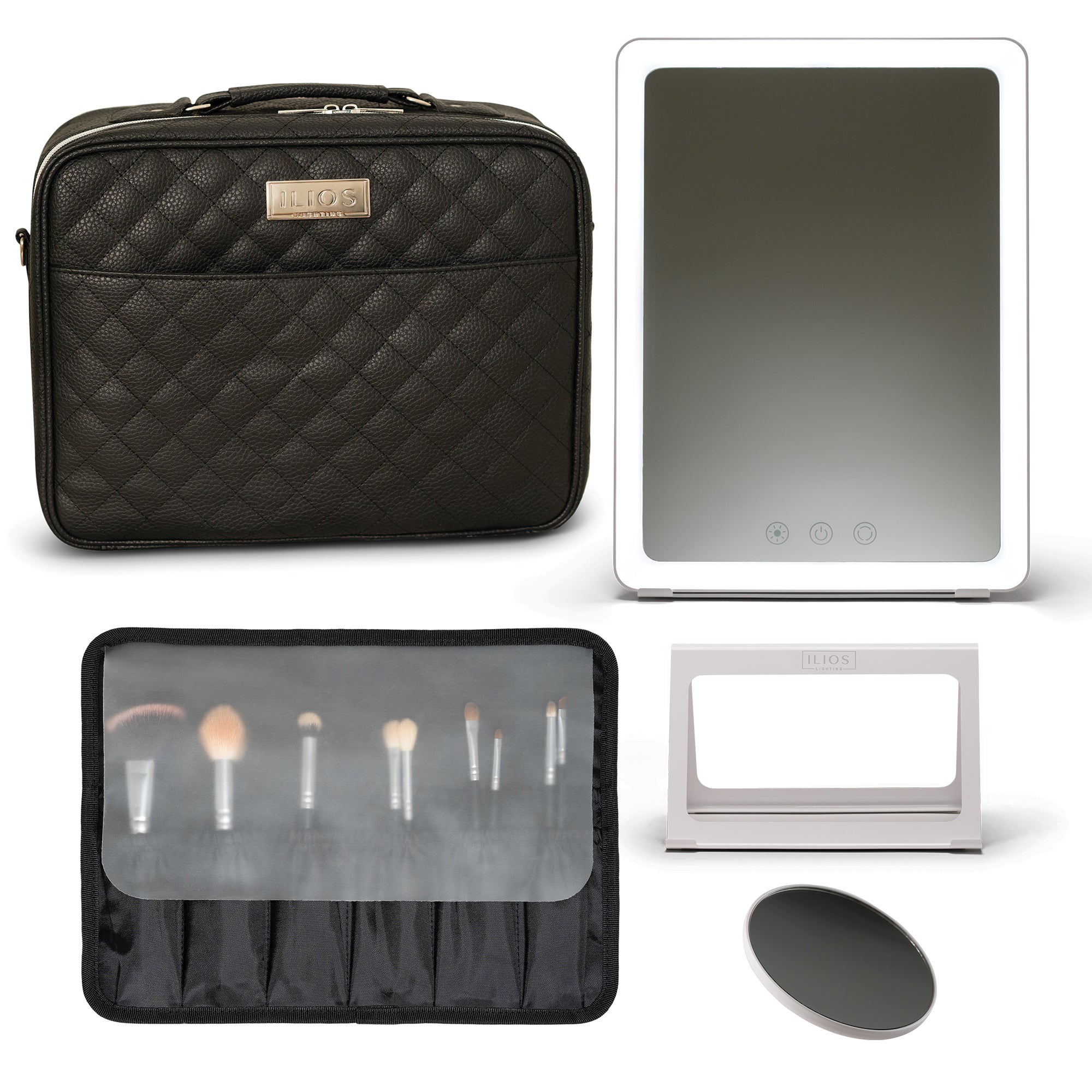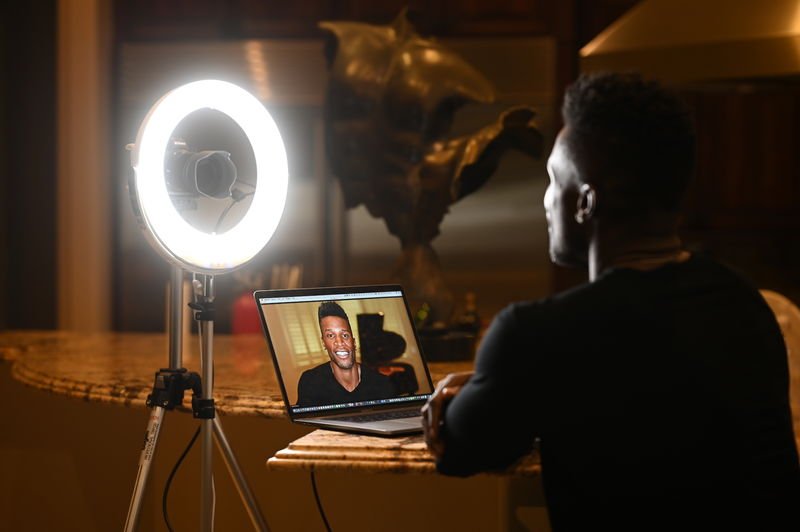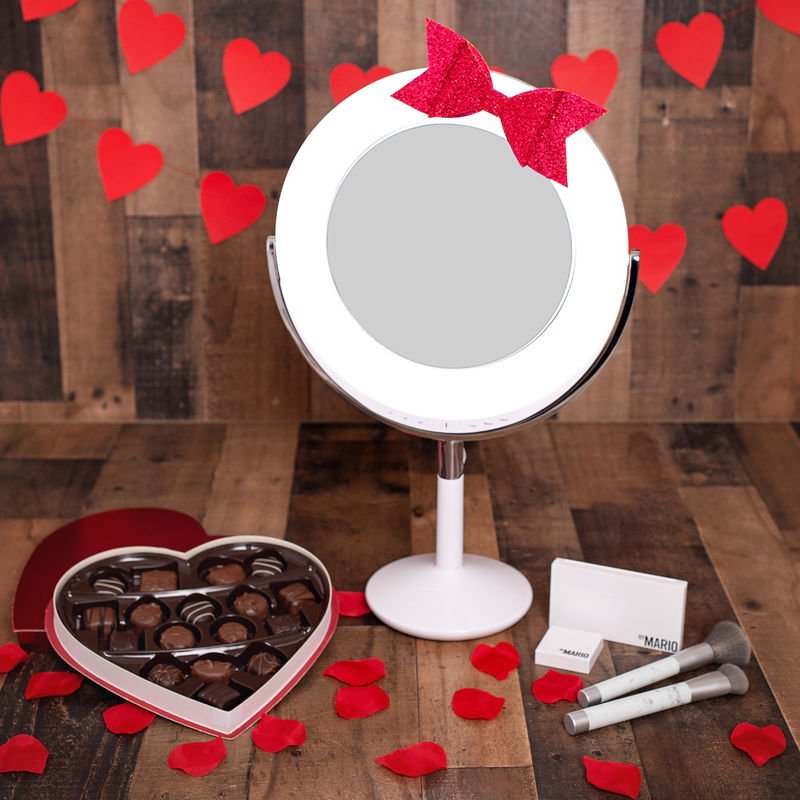
How Lighting Affects Mood
Anyone and everyone knows that the right lighting is key to a great photo - the wrong light can leave images looking distorted with heavy shadows and warped angles. Lighting plays a similar role in our daily lives and helps to maintain our physical and mental wellbeing. For the most part, natural daylight is best, but it can be hard to come by during certain times of the year. Mimicking daylight in indoor spaces can improve our overall mood and functioning when sunlight is hard to come by.
Good lighting is dependent on tone, intensity and positioning. Each of these factors combine to influence the mood of a space, and by extension, the people in it. Lighting elicits different emotions, and should thus be adjusted to best suit the function of a space - white lighting often feels cold and detached, while yellow lighting feels warm and cozy. Check out the simple tips below for achieving optimal lighting in any space.
1. The Hue and Color Hold a Major Effect On Your Mood
The hue, or color, of your lighting can range from cool shades, like blues and purples, to warm shades, like reds and yellows. Most natural lighting is only slightly colored to produce a certain effect, but colored lighting can be saturated to any degree. Bluish tones are similar to bright daylight and stimulate creativity and boost energy, whereas warmer yellow tones are soothing and relaxing.
White lighting falls somewhere in between and produces a welcoming, neutral effect, making it ideal for workspaces and retail. In general, warmer lighting will enhance colors, bringing out warm tones in both our environment and our complexion. By comparison, colder hues can draw out color, sometimes resulting in a washed out effect.

2. Use Light Intensity to Set Your Mood
The intensity of lighting is equally important. Like blue tones, bright lighting is great for stimulating creativity and improving energy. However, bright lighting can often be harsh and uninviting - the type of lighting will make the difference. Cheaper LED lighting can result in an unpleasant, strobing effect, whereas higher quality lighting with a high CRI (Color Rendering Index) Score will produce a steady, illuminating glow.
On the opposite end of the spectrum is low lighting, which can often invoke relaxation, calmness and sensuality. However, lighting that is too soft can diminish details and enhance shadows. When it comes to intensity, finding the right balance is key. Not all lights give you the perfect control you need for getting different results. Read here about the Ilios Beauty Ring, and it's intensity levels for optimal results.
3. Know Where to Position Your Light
Positioning is key when considering lighting. Because lighting dictates where shadows will fall, we can use it to manipulate our perception. For example, lighting a space on either side of a room can make the room look narrow, while lighting from underneath will make a space look larger because it minimizes shadow in areas that would otherwise be obscured. Likewise, strong lighting from a specific direction can ruin a perfectly good selfie by distorting your appearance - thus, the ideal lighting for a balanced photo is head on. The direction and shape of your lighting is widely variable depending on what you’re looking to achieve - use it to your advantage and the results will be eye-catching.

Mastering the art of perfect lighting takes time, patience and the right equipment. Keep these tips in mind when choosing your lighting sources and you’ll see the difference. The Ilios Light Ring is a fantastic tool you can utilize in your quest for perfect lighting. Explore how to use in different scenarios and for different affects reading our blog posts.


